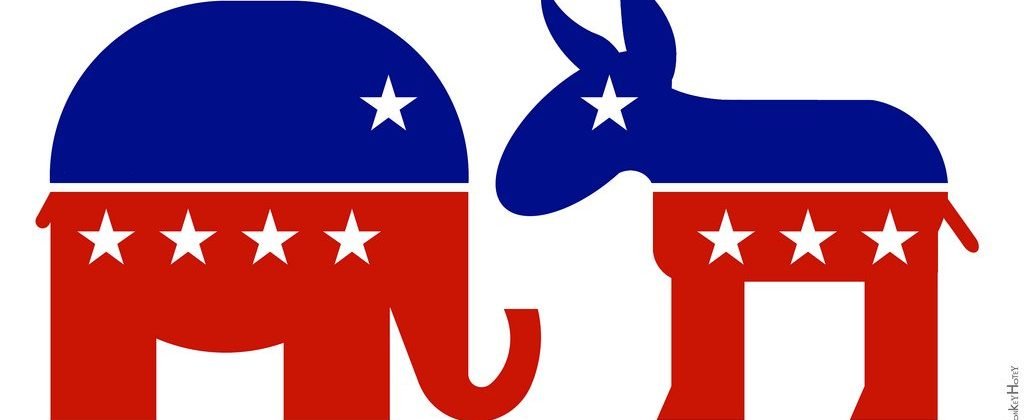

This week, when the New York Times republished a short quiz to help readers identify which of six political “parties” they might belong to, one ideology was conspicuously missing.
The quiz assumes that America’s two major parties are really coalitions rather than cohesive parties – an assumption that was probably truer a decade ago than it is today – and then asks a few questions to help readers figure out which of those smaller political parties they would naturally belong to.
It does this by graphing the results of a 20-question quiz across two axes – with the Y-axis representing the readers’ views on social issues and the X-axis their views on economics. The ideological self-tests distributed by the Libertarian Party have employed a similar graph for years, so it’s not too surprising that the creators of the New York Times adopted the model for this exercise.
Of the three “parties” that allegedly comprise the Republican Party, the Trump-supporting Patriot party is socially conservative but economically centrist, the Christian Conservative party is conservative on both economic and social issues, and the Nikki Haley-voting Growth and Opportunity party is moderately socially liberal but economically conservative. And in the Democratic coalition, the Progressive party of Bernie Sanders and Alexandria Ocasio-Cortez takes left-leaning positions on both social and economic issues, the New Liberal party of Bill Clinton and Barack Obama is socially liberal but centrist on issues of economics, and the American Labor party of people like Sherrod Brown is economically liberal but closer to the center on social issues.
But while the Patriot party is somewhat centrist on economic issues, and while the American Labor party is a little more socially moderate than the other two parties in the Democratic coalition, none of these six parties fully combine economic progressivism with social conservatism. After taking the quiz, I realized that there’s really no faction in either party that represents the views of, say, the American Solidarity Party – which explains, I suppose, why the American Solidarity Party organized as a third party, since neither the Republicans nor the Democrats were interested in its particular combination of issue positions.
This was not always the case. A half century ago, there were plenty of socially conservative Democrats who hewed to the left in their economic questions. But today most of the politicians in the Democratic Party who could once have been described as socially conservative economic progressives have moved to the left in their stance on abortion, same-sex marriage, or whatever other issue might have once marked them as social conservatives.
If you’re curious to know which party faction might best describe you, you can take the quiz here. But if you’re like me, you might find after taking it that none of the six “parties” are the ideal fit for your views. Maybe we need more than six parties after all.